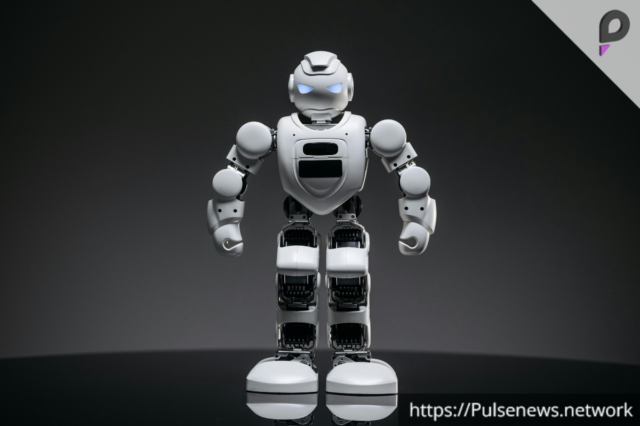Researchers at the Korea Advanced Institute of Science and Technology (KAIST) have made groundbreaking advancements in assistive technology with the development of the WalkON Suit F1, a robotic exoskeleton designed to help paraplegic individuals regain mobility. This innovative wearable robot enables users to walk, climb stairs, and maneuver obstacles, significantly enhancing their quality of life.
Innovative Design and Features
The WalkON Suit F1 is a lightweight exoskeleton, weighing in at just 50 kilograms. Constructed from durable aluminum and titanium, it integrates advanced robotics to replicate human joint movements. The exoskeleton is powered by 12 electronic motors, which work in conjunction with sensors located in the soles and upper body. These sensors collect approximately 1,000 signals per second, allowing the device to maintain balance and anticipate the user’s movements effectively.
Kim Seung-hwan, a paraplegic member of the KAIST team and a participant in the development process, demonstrated the capabilities of the WalkON Suit F1. He was able to walk at a speed of 3.2 kilometers per hour, climb stairs, and even step sideways to sit on a bench. Kim remarked, “It can approach me wherever I am, even when I’m sitting in a wheelchair, and be worn to help me stand up, which is one of its most distinct features.”
Inspiration from Iron Man
The inspiration behind the WalkON Suit F1 stems partly from the popular superhero film Iron Man. Team member Park Jeong-su expressed his vision, stating, “After watching Iron Man, I thought it would be great if I can help people with a robot in real life.” This creative drive has led to a remarkable achievement in robotics, showcasing the potential of technology to improve lives.
Recognition and Impact
Kim Seung-hwan’s successful use of the WalkON Suit F1 was recognized at Cybathlon 2024, an event dedicated to showcasing assistive technologies for individuals with disabilities. He earned a gold medal in the exoskeleton category, highlighting the practical impact of this innovative device. Reflecting on his achievement, Kim shared, “I wanted to tell my son that I also used to be able to walk. I wanted to share a diverse range of experiences with him.”
The KAIST team’s invention is not just a technological marvel; it represents a significant advancement in assistive technology, offering new possibilities for mobility and independence for people living with paraplegia.
Looking Ahead
As robotics continues to evolve, the WalkON Suit F1 exemplifies the potential of technology to transform the lives of those with mobility challenges. The development of this exoskeleton marks a crucial step toward creating more inclusive solutions that empower individuals to lead more active and independent lives. With ongoing research and advancements in robotics, the future looks promising for assistive technologies that can change lives for the better.











